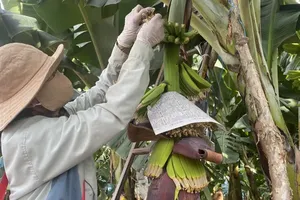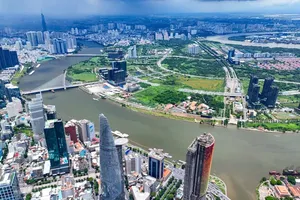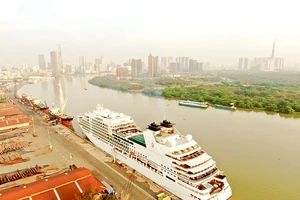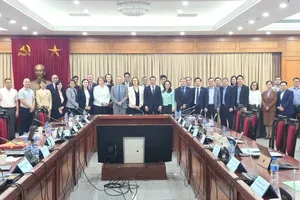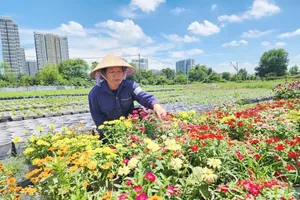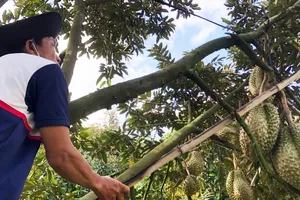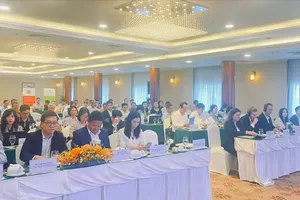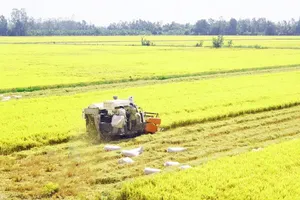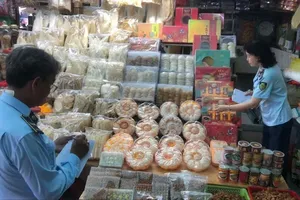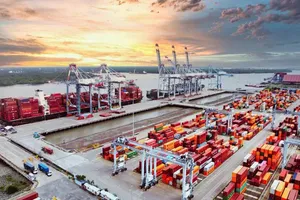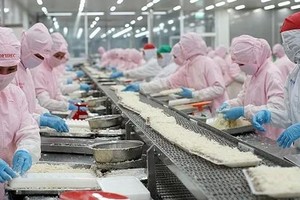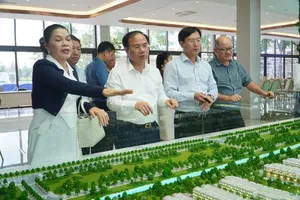The Ho Chi Minh City Export Processing and Industrial Zones Authority (HEPZA) held a conference to announce the city’s master plan for industrial parks for the 2021–2030 period, with a vision toward 2050, alongside investment attraction strategies for 2025 on the morning of May 9. Mr. Vo Van Hoan, Vice Chairman of the HCMC People’s Committee, attended the event.
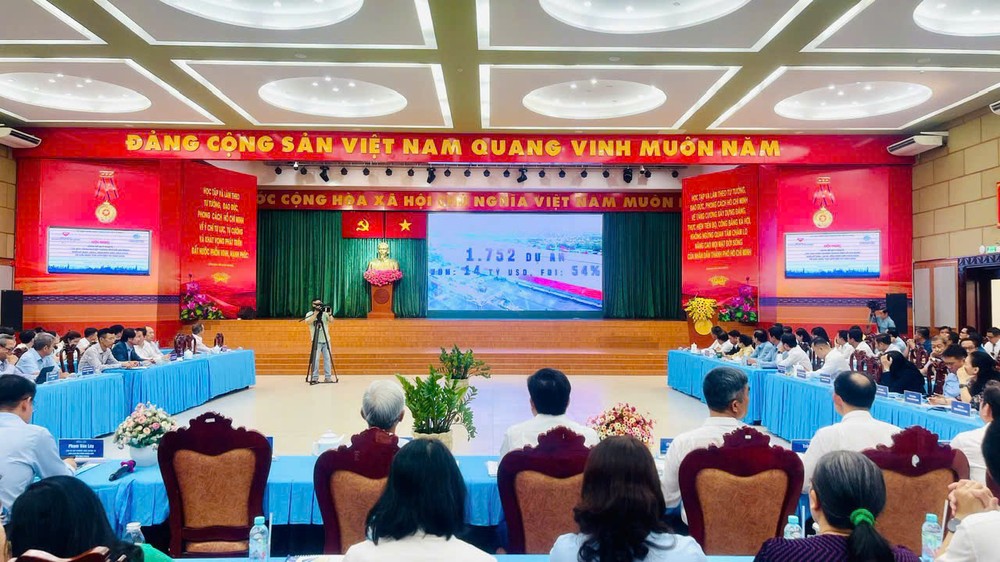
Infrastructure first
Seasoned industrial park developers emphasized that HCMC must take the initiative in building comprehensive infrastructure. Mr. Nguyen Tan Phong, Deputy General Director of Tan Thuan Co. Ltd., said that high-tech investors place critical importance on the stability of electricity supply, noting that even a power flicker lasting 1/1000 of a second can disrupt entire production lines.
In terms of logistics, Mr. Nguyen Tan Phong noted that transporting goods to ports has become increasingly time-consuming and inefficient. Recently, half of the container and truck drivers serving enterprises in Tan Thuan Export Processing Zone quit, citing the job’s high demands, constant traffic congestion, and the risk of heavy penalties—making recruitment difficult.
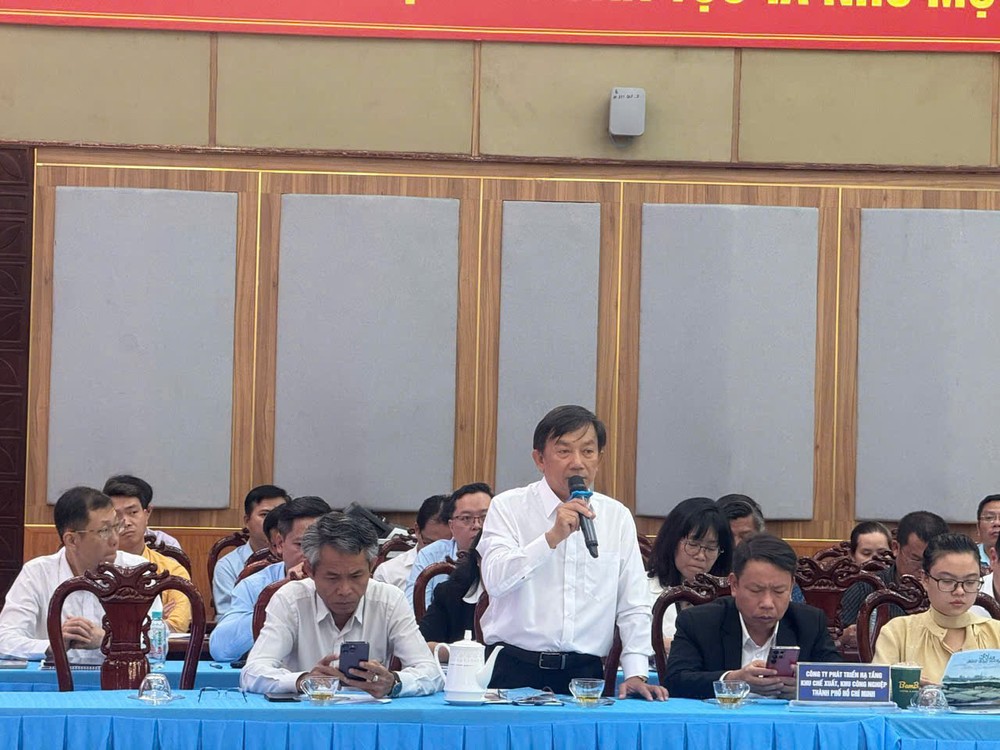
Sharing practical experience from other industrial park developments, Mr. Phan Minh Toan Thu, Director of the HCMC branch of Kinh Bac City Development Holding Corporation, stressed the importance of integrated infrastructure. Successful industrial parks, he said, are surrounded by complete networks of roads, utilities, housing, and social amenities. Residential areas for workers and professionals, cultural facilities, hospitals, and schools are essential components that enhance a zone’s appeal to investors.
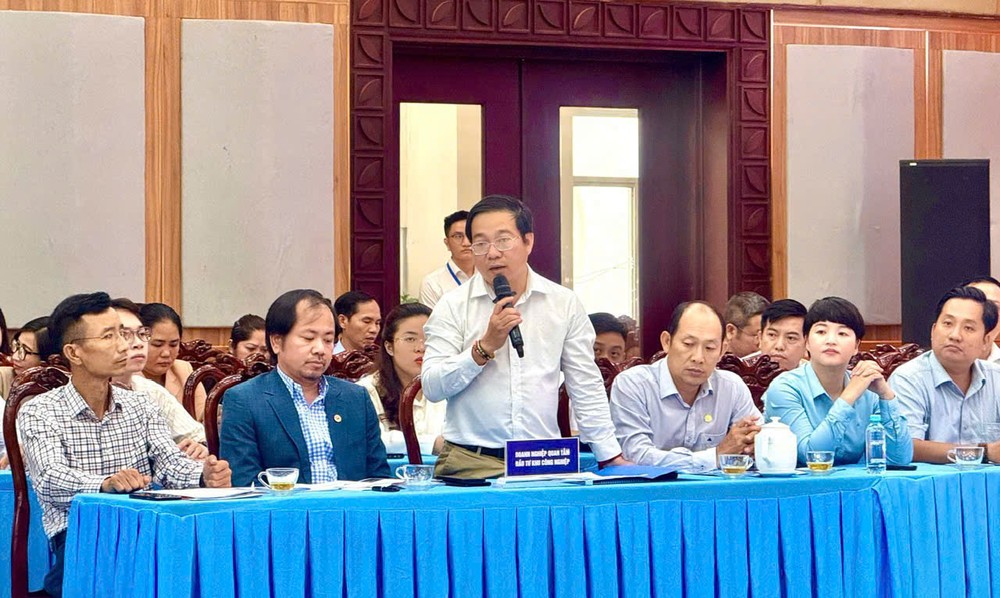
Echoing this, a representative from Tan Thuan Industrial Promotion Company Limited (IPC) reflected on lessons learned from the Hiep Phuoc and Long Hau industrial zones. The initial 1:2000 master plan for Hiep Phuoc focused only on core functions, but over time, the need for auxiliary elements—such as worker housing, training centers, and support services—became increasingly clear. According to IPC, these components should be incorporated from the outset to demonstrate professionalism and avoid patchwork fixes that undermine investor confidence.
In response, HEPZA Head Le Van Thinh affirmed that the agency has proactively collaborated with the power sector to ensure a stable supply of electricity and water for enterprises in industrial parks and export processing zones.
Mr. Vo Thanh Phong, Head of the Industrial Park Management Board of Ba Ria–Vung Tau Province, noted that while many aspire to develop high-tech, processing, and manufacturing zones, rigid and ambiguous regulatory frameworks that restrict industrial parks to a narrow set of sectors pose significant challenges. Infrastructure developers, he explained, engage with a wide range of potential investors, and as long as projects meet environmental and sustainability standards, they should be welcomed. Imposing strict limitations on eligible industries, he warned, would make investment attraction far more difficult.
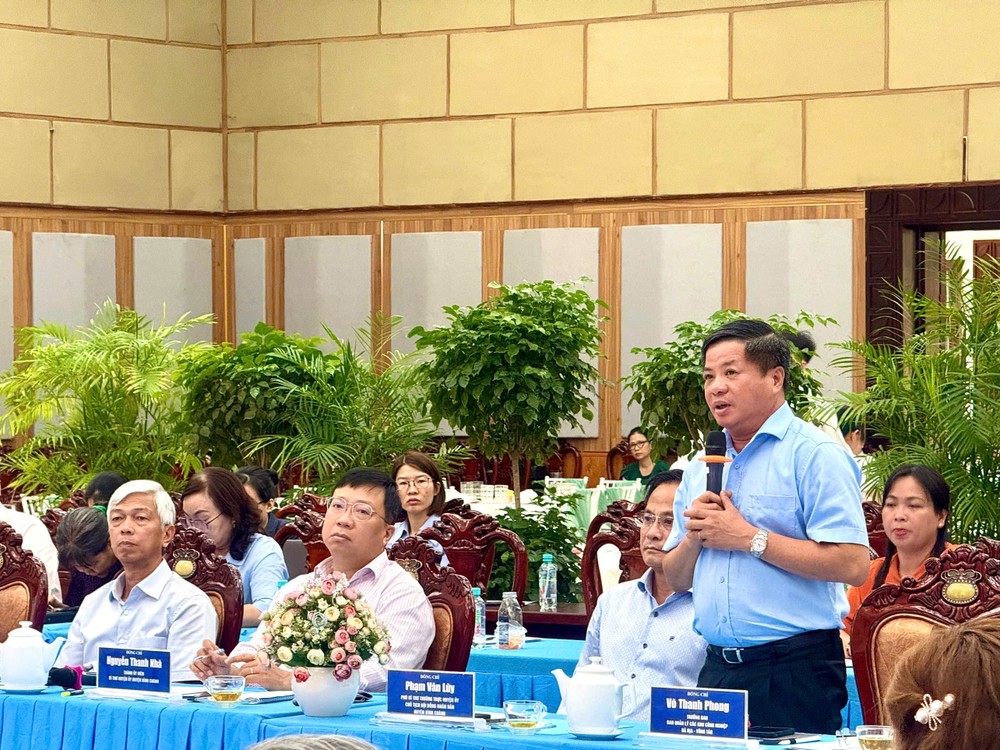
Mr. Vo Thanh Phong noted that Ba Ria–Vung Tau’s past investment success stemmed from its heavy industries—power, steel, and later petrochemicals. The province is currently seeking the Prime Minister’s approval for a free trade zone development plan. “If linked to the proposed international financial center in HCMC, it would be a perfect fit,” he said, adding that the province is actively leveraging Long Thanh Airport. Of the 24 industrial parks recently approved in the master plan, Ba Ria–Vung Tau has proposed a 500-hectare specialized zone to support airport infrastructure.
To move beyond paper plans
Speaking at the conference, Vice Chairman Vo Van Hoan of the HCMC People’s Committee emphasized that while HCMC’s industrial sector was once a national frontrunner, it has reached a plateau after 30 years—necessitating bold transformation. He asserted that the restructuring of the city’s industrial and export processing zones is essential for revitalizing the sector and enhancing its contribution to the economy.
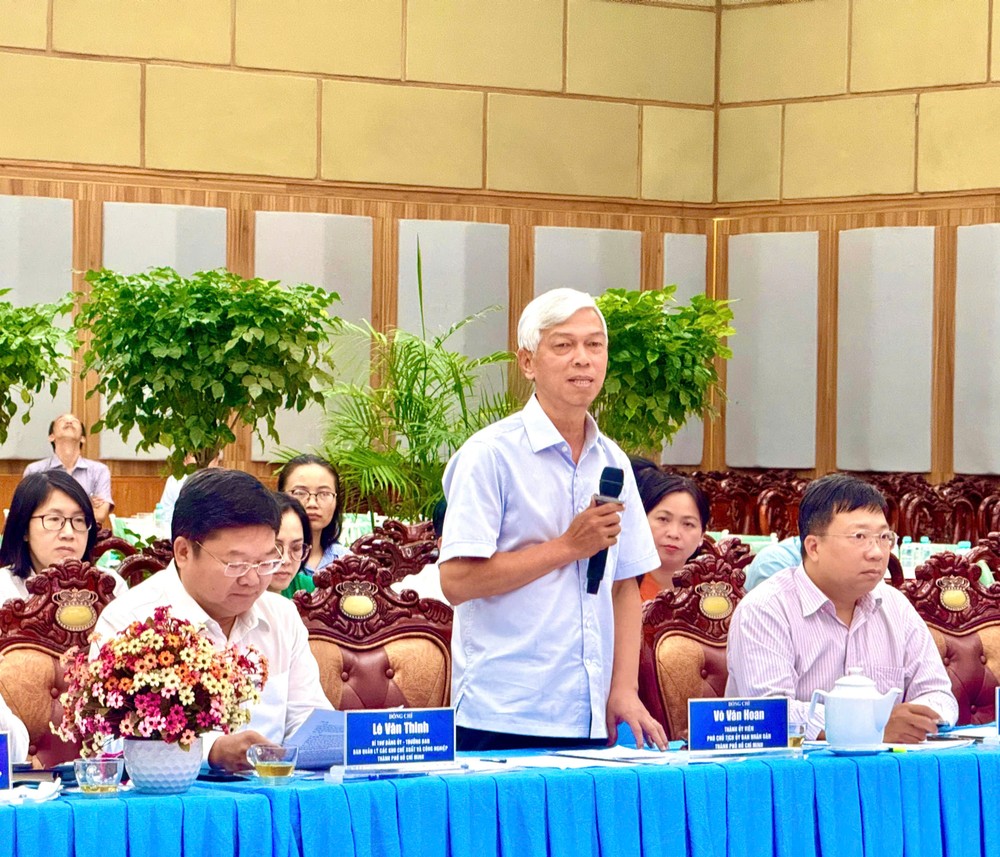
According to Mr. Vo Van Hoan, the newly announced zoning plans mark only the beginning. What truly matters is the development of detailed implementation strategies for each industrial zone—without which, he warned, the blueprint risks remaining merely theoretical. For investors to engage, concrete action plans must follow.
The city will advance on two parallel tracks: developing newly zoned industrial parks with modern, synchronized infrastructure—particularly external infrastructure to attract investment—and gradually converting existing parks without waiting for current land leases to expire. He praised five zones, including Tan Thuan Export Processing Zone, for proactively initiating transformation plans. Tan Thuan Export Processing Zone, in particular, has already hired consultants and begun filing preliminary documentation. While the city initially considered a centralized approach, Mr. Vo Van Hoan noted that delegating planning responsibilities to individual developers has proven more practical and effective.
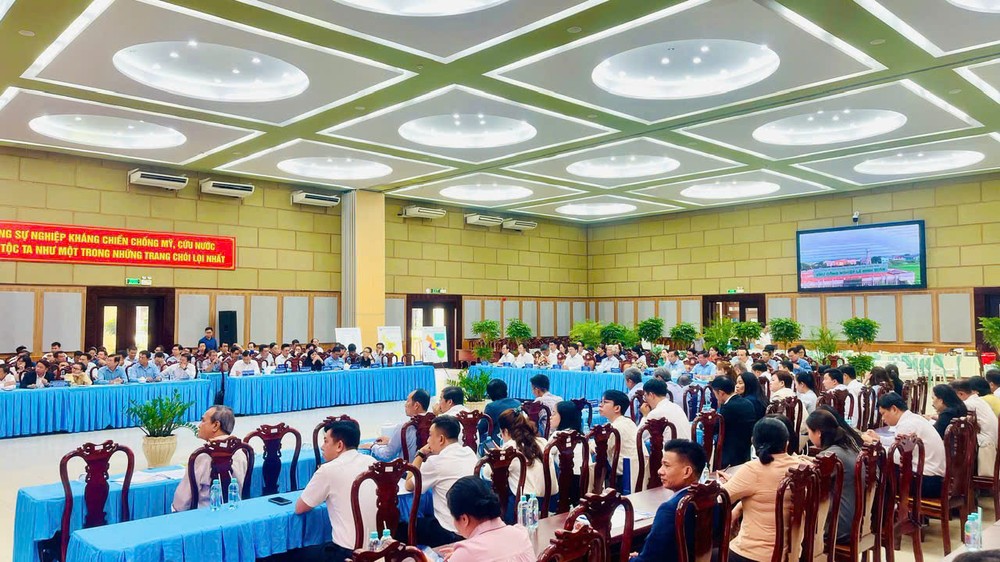
In response to feedback, Hepza leadership announced the development of a technical screening framework to guide the transformation of industrial and export processing zones in line with city policy. Specific industries, however, will be determined by investors and market mechanism.
According to the master plan for HCMC approved by the Prime Minister on December 31, 2024, the city is designated to develop 36 industrial and export processing zones covering a total of 8,369 hectares. Mr. Pham Thanh Truc, Deputy Head of Hepza, stated that the city will retain its entire current industrial land fund and promote in-depth transformation toward high-tech, green, circular, and innovation-driven industries.
The city is piloting conversion plans for five existing zones, including Tan Thuan, Hiep Phuoc, and Tan Binh. At the same time, it plans to add 14 new industrial parks spanning 3,833 hectares, to be rolled out in three phases: 2025–2027 (Pham Van Hai I–II, Vinh Loc 3, Nhi Xuan), 2027–2030 (An Phu, Trung An, Le Minh Xuan 4, Pham Van Hai III, Hiep Phuoc 3), and 2030–2033 (Tan Phu Trung 2–4, Binh Khanh 1–2).
The development will align with models of smart and eco-industrial parks, integrating industry, urban development, and services, with key focus on connectivity with neighboring provinces such as Binh Duong and Ba Ria–Vung Tau—particularly following proposed administrative mergers—to build robust industrial linkages and enhance investment appeal.

